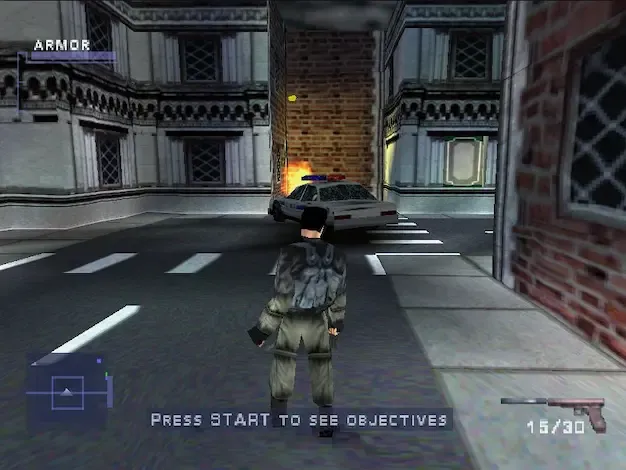Can you recover data from a broken SSD drive?
When a new solid-state drive comes on the market, there is always talk about the speed of writing/reading data, and its reliability. The problem is that users often ignore the disk specification, and think that, because the SSD drive has no moving parts, it will last forever.
Unfortunately, the truth is somewhat different. In theory, an SSD should last longer than an HDD and should deliver better performance during that period. Does this apply to all SSDs? Of course not. It depends on the size of the SSD, the brand you are buying, and some other factors that we will write about in this text.
However, keep in mind that any drive - be it an HDD or an SSD drive - can stop working at one time. The question that then arises is - can data be saved from it? Or at least part of the data?
Why do SSD drives stop working?
As we wrote, when you have an SSD on your computer, you don't have to be afraid that some mechanical (and moving) part will stop working because there are no SSDs. It had a classic hard drive or HDD. But that doesn’t mean the parts built into the SSD last forever. And they wear out over time and stop working.
Capacitors degrade over time, the power supply may be poor and cause SSD to shut down, control chip may malfunction and stop working…
An SSD drive is generally more reliable than a mechanical drive, but it also has its lifespan. We will now see how it is measured.
How is the SSD drive (re) consumed?
There are three factors or three ways in which the lifespan of an SSD drive is measured. So one can roughly predict how long it will last if used in a “normal” way. So let's go in order. These ways are:
- P / E Cycles: P / E stands for program-erase cycle. It is a process in which data is written to the SSD's memory block, then erased, and re-recorded. It's one cycle. The number of times, or cycles, you can make on an SSD depends on the manufacturer and model you buy. As well as about the technology used in making SSDs. These cycles range from the low 500 to the high 100,000.
- TBW: “Terabytes Written” is a measure of how much data you can write to an SSD before it crashes or stops working. For example, the Samsung 860 EVO SSD 250 GB can handle 150 TBW, while the 1 TB model has 600 TBW. As with the P / E cycle, this varies from manufacturer to manufacturer.
- MTBF: “Measurement of Time Between Failures” is the third way to measure SSD reliability. The MTBF describes the reliability of the SSD and tells approximately how many hours of normal operation the disk can withstand. Here we are most often talking about tens of thousands of hours of work.
Can data be recovered after the SSD drive stops working?
An SSD essentially doesn’t give a lot of characters before it stops working. With mechanical discs, you could hear a variety of unusual sounds, so you could assume it was coming to an end. There is no such thing as an SSD. When the SSD drive stops working, that’s it. You will no longer be able to start the OS.
Fortunately, various companies have started to release software such as EaseUS, Stellar Data Recovery, Disk Drill, Recovery… These are specific tools for data recovery from a solid-state drive.
The question is how effective are they? There is no answer to that question. The question is why the disk stopped working. If there is a "breakthrough" of current, the entire disk may be "burned". If the connector on the SSD has stopped working, all the data may be on it, you just can't access it. Maybe part of the data has become corrupt, but part is intact. But to answer the question, can you recover data from a broken SSD? - Answer is yes.
Check the "health" of the SSD drive
Although we said that it is practically impossible to predict when the SSD drive will stop working, you can still do your part. How? So check the status of your SSD from time to time, and back up your data. We will not deal with back up today, but we will recommend several software tools to monitor the status of your disk.
Windows users will be able to use CrystalDiskMark, MacOS users Smart Reporter Lite, and Linux users Smartmantools.














